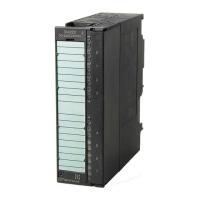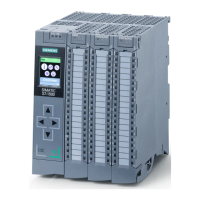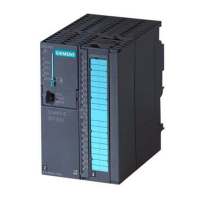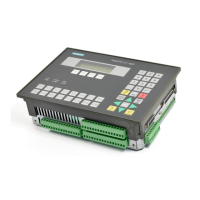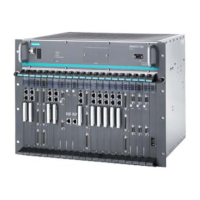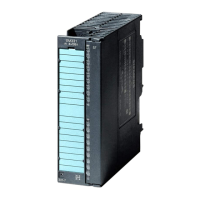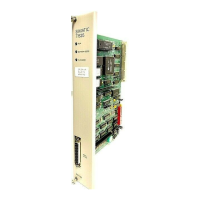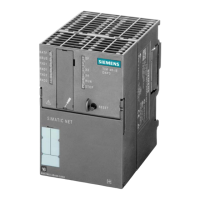Stand-alone operation
S7-400H
448 System Manual, 03/2012, A5E00267695-11
What you have to take into account for stand-alone operation of a fault-tolerant CPU
NOTICE
When operating a fault-tolerant CPU in stand-alone mode, no synchronization modules
may be connected. The rack number must be set to "0".
Although a fault-tolerant CPU has additional functions compared to a standard S7-400 CPU,
it does not support specific functions. So particularly when programming your automation
system, you need to know the CPU on which you are going to run the user program. A user
program written for a standard S7-400 CPU usually will not run on a fault-tolerant CPU in
stand-alone mode without adaptations.
The table below lists the differences between the operation of a fault-tolerant CPU in stand-
alone mode and in redundant mode.
Table B-1 Differences between stand-alone mode and redundant mode
Function Fault-tolerant CPU in stand-alone mode Fault-tolerant CPU in redundant system
mode
Connection of S5 modules via IM
or adapter casing
via IM 463–2 No
Redundancy error OBs (OB 70,
OB 72)
Yes, but no calls Yes
CPU hardware fault
(OB 84)
after the detection and elimination of
memory errors
after the detection and elimination of
memory errors
with reduced performance of the
redundant link between the two CPUs
SSL ID W#16#0232 index
W#16#0004 byte 0 of the "index"
word in the data record
W#16#F8 Single mode: W#16#F8 or W#16#F9
Redundant:
W#16#F8 and W#16#F1 or
W#16#F9 and W#16#F0
Multi-DP master mode Yes No
System modifications during
operation
Yes, as described in the "System
Modification during Operation Using CIR"
manual.
Yes, as described in chapter Failure and
replacement of components during
operation (Page 265) for redundant
operation.
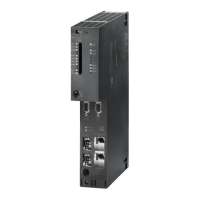
